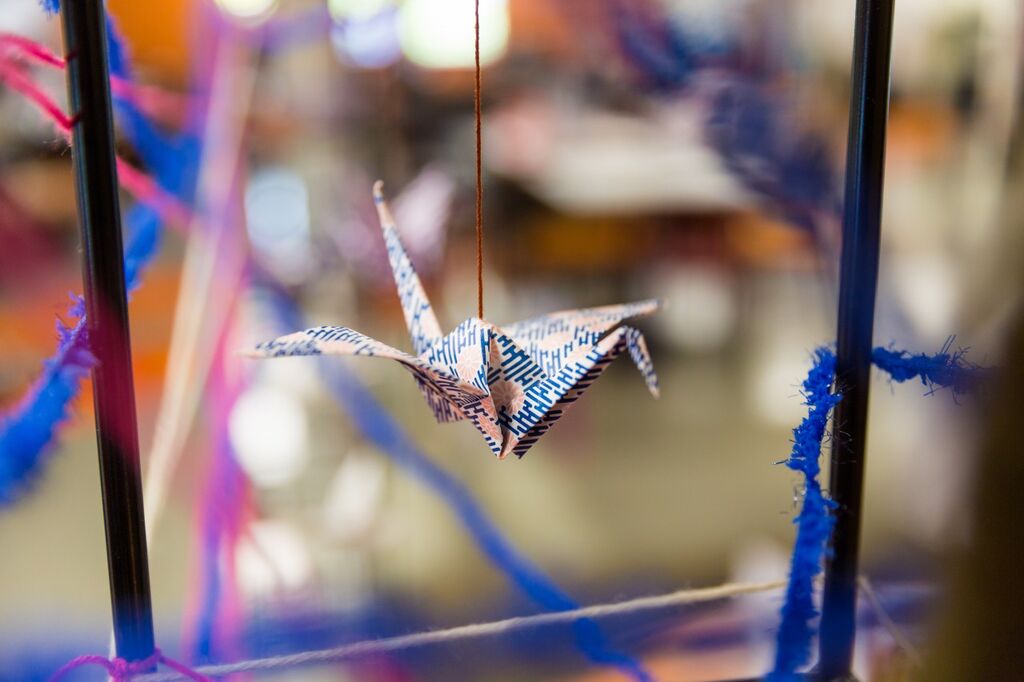Blog
A makerspace in the library?
July 27th, 2015 by Karen Category: Articles

A makerspace is a collaborative learning environment where people come together to share materials, tools, equipment, skills and knowledge, and to be involved in hands on activities – the possibilities of which are endless – where they learn through experiment, play and creativity.
While public libraries have been at the forefront of the development of maker spaces in libraries, academic libraries have also recognised the value and benefits, and asked what role, if any, they can play in fostering a maker culture. The educative role of the academic library is undergoing a significant expansion from its traditional areas of information literacy skills provision to encompass digital literacy and the fostering of metaliteracy or transliteracy, (as illustrated, for example, in the recently reviewed ACLR information literacy standards), and turning more towards a constructionist and connectivist pedagogical approach, which is the philosophical foundation of the maker movement in education.
Indeed, the elements that are characteristic of the Educator as a Maker Educator seems to resonate very well with the academic library as a:
- Process facilitator
- Lead learner
- Resource suggester and provider
- Normaliser of ambiguous problem finding and solving
- Safe environment manager – where learners feel free to take risks
- Relationship enabler and builder – face-to-face, online PLNs, mentors
- Technology tutor
- Tour guide of learning possibilities
As James Mitchell argues in Beyond the Maker Space, maker culture has expanded the idea of what libraries can do to create and disseminate information. He suggests it can build a dynamic learning environment, grow community through the library, and allow for a ‘unique production of location information’. Undoubtedly, a maker culture fits into the core mission of the university library, by enabling it to facilitate the many ways in which the academic community interacts with information.
There are a number of benefits to an academic library developing a maker space. Erin Fisher in Makerspacers Move into Academic Libraries suggests that it:
- Can provide opportunities for people to learn and experiment with their hands which adds to critical thinking and problem solving skills
- Is an ideal way to support changing modes of learning, which is shifting from a traditional teaching culture to a learning culture
- Can help us adapt to changing student needs and support ‘knowledge creation in addition to knowledge consumption’.
- Can provide opportunities for people from different disciplines to interact and collaborate
For some examples of maker spaces in academic libraries, see this Libraries and Maker Culture: A Resource Guide
The library is a natural place for the development of a maker culture by providing a neutral, central, non-discipline-specific space. Clearly, there are many things to consider in creating a maker space in an academic library environment, and it requires a considerable amount of planning and discussion. It needs to start small, and be based on forging relationships, which together build a community. A maker space should evolve organically, in response to needs, interests, projects, ideas, and always keeping in the forefront – not the tools or technology so much – but the educational goals the library is seeking to achieve.